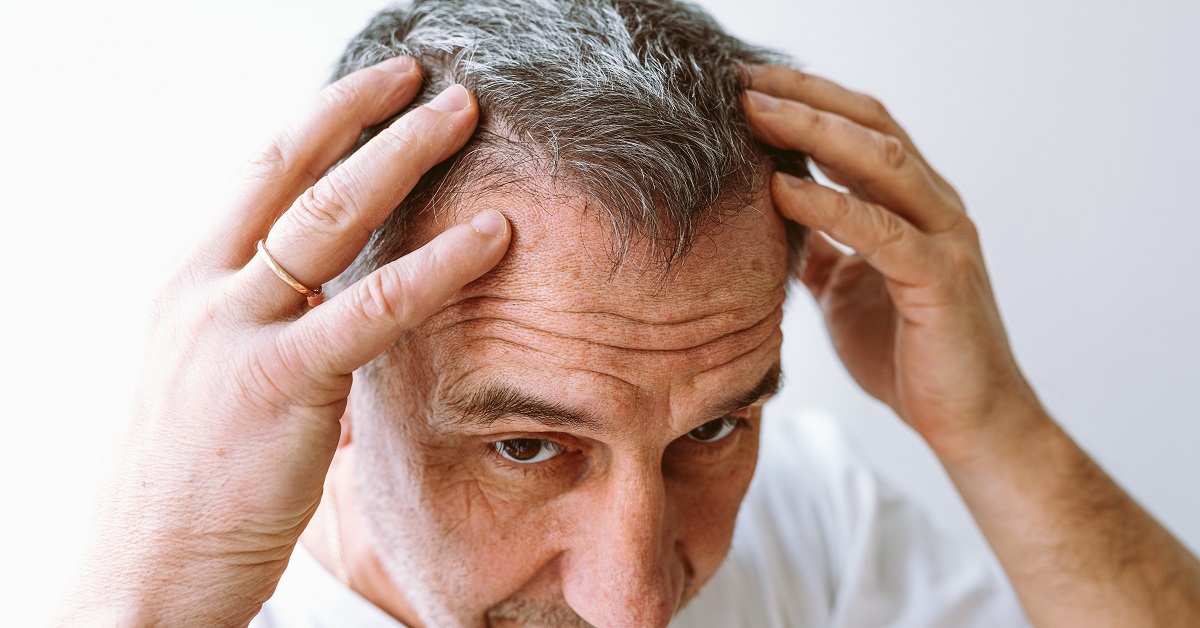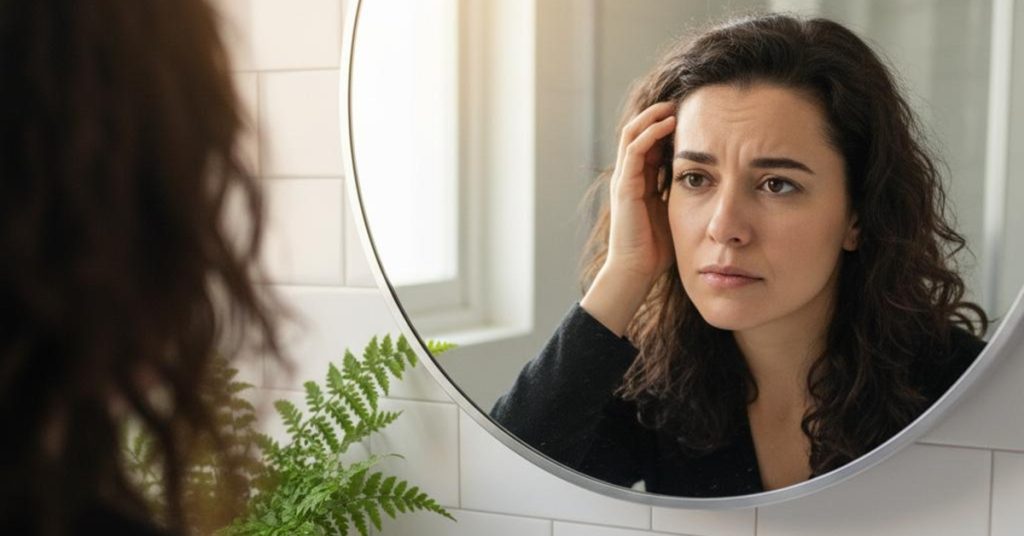PRP for Hair Loss: What You Need to Know

Hair loss is a surprisingly common affliction that affects millions of both men and women worldwide. PRP (platelet-rich plasma) therapy offers a non-surgical solution to hair loss for those who prefer a more natural approach. PRP includes concentrating and processing a patient’s blood platelets to facilitate the growth of hair follicles.
PRP therapy is not a brand-new medical advancement, as it has been used for more than three decades for wound healing and tissue growth in medicine. However, the procedure is increasingly becoming popular throughout the medical field. In this article, we’ll answer some of the most common questions about PRP for hair loss.
What Do Platelets Do, and Why are They Used in PRP Therapy?
Platelets are best known for their blood-clotting capabilities, but they also play essential roles in wound healing and tissue repair. PRP therapy involves taking a patient’s blood sample, a procedure similar to a regular blood draw. The blood sample is then centrifuged to isolate platelet-rich plasma from the samples. Platelet-rich plasma is then applied to the patient’s scalp.
Does PRP Therapy Work for Everyone?
The effectiveness of PRP therapy varies from patient to patient. According to available research on PRP for hair loss, most patients experienced at least some improvements with the treatment. There have been some instances where PRP therapy was unsuccessful for a given patient. Overall, most individuals who undergo PRP therapy experience substantial hair growth and a reduced hair loss rate.
What is the Process for PRP Therapy?
The PRP therapy process can greatly vary between individual doctors or medical clinics. The standard steps for PRP therapy for hair loss include:
- A blood sample is acquired from the patient.
- The blood is spun in a centrifuge to isolate platelets.
- The PRP is given to the patient by injection into the scalp.
- The scalp is microneedled to aid in the absorption of the PRP into the hair follicles.
- The patient’s hair is washed and treated with a hair mask.
Is PRP Therapy a One-Time Solution?
As with most hair loss treatments, PRP therapy is not a one-time solution. Treatment usually requires multiple sessions, with each instance separated by an appropriate period, starting at six-week intervals.
For many people suffering from hair loss, PRP therapy is a viable solution that requires no invasive surgeries, and it is a natural alternative to many more traditional hair loss treatments. As further research and advancements are made in PRP therapy, it undoubtedly will continue to increase in popularity as a solution to hair loss in the years to come. To determine if PRP therapy is the right treatment path for you, schedule a consultation with one of our board-certified dermatologists.



